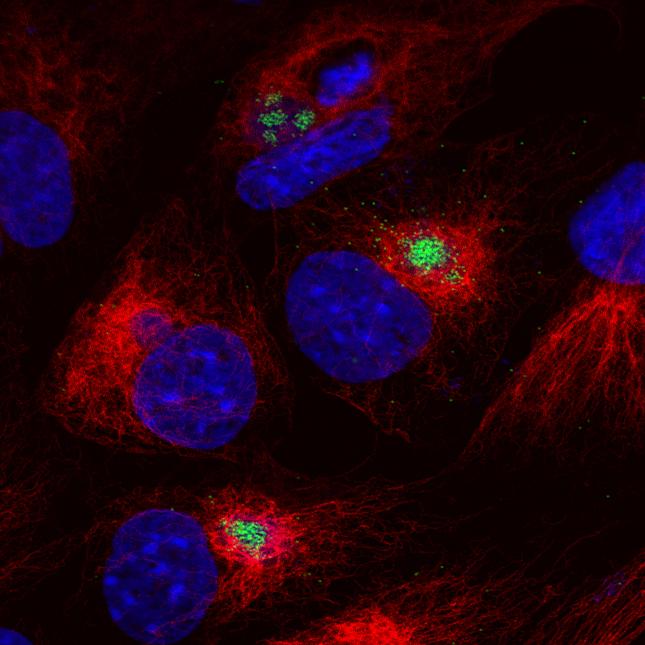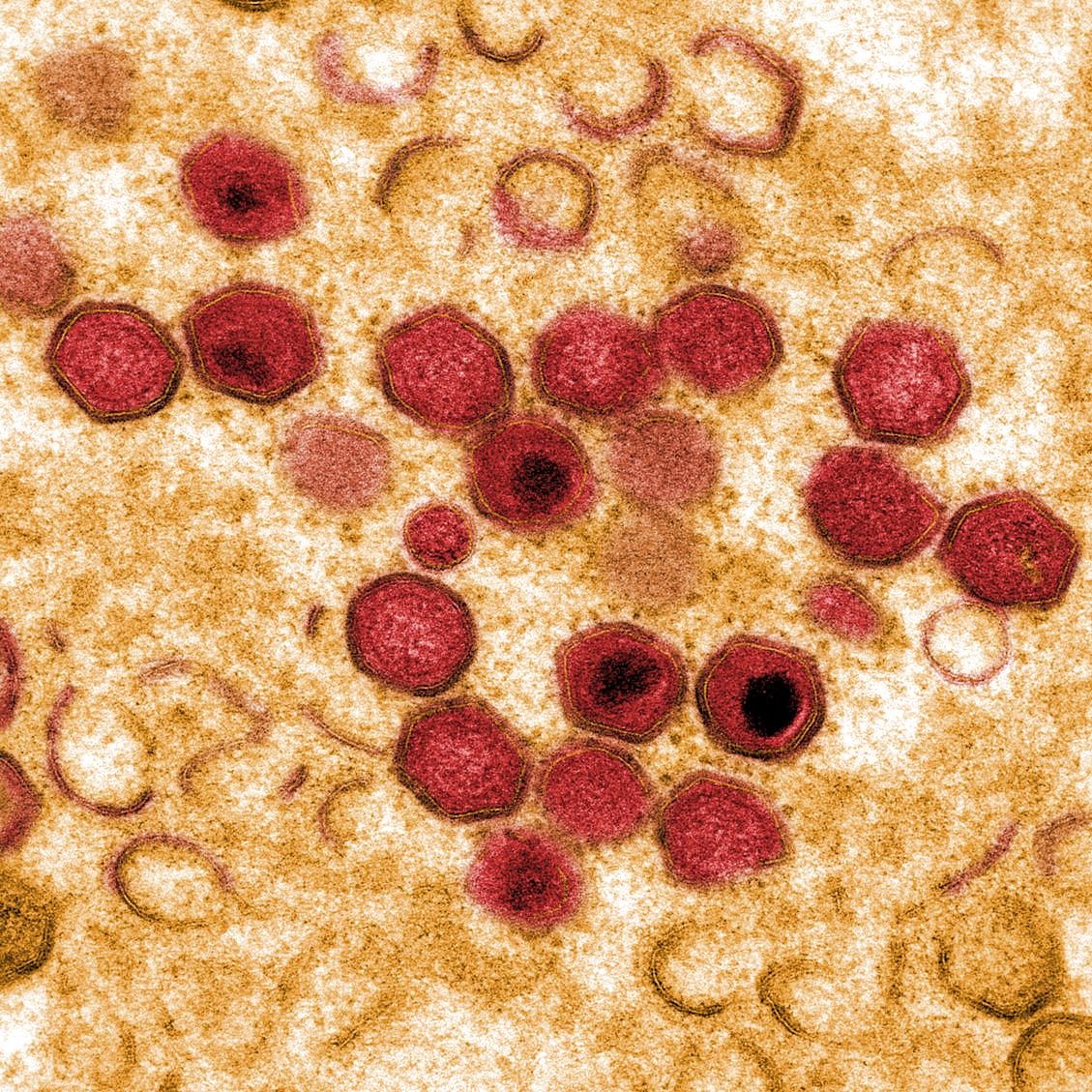Increase in chemokines CXCL10 and CCL2 in blood from pigs infected with high compared to low virulence African swine fever virus isolates
Modulation of the expression of chemokines and chemokine receptors in whole blood was compared following infection of pigs with high and low virulence isolates of African swine fever virus. Levels of mRNAs for CCL2, CCL3L1, CCL4, CXCL10, CCR1 and CCR5 were significantly increased in at least one time point following infection in two experiments and CCL5, CCR9 and CXCR4 mRNA were significantly increased in one of the experiments. The results showed that greatest fold increases in mRNAs for CXCL10 and CCL2 were observed following infection of pigs. CXCL10 mRNA was increased by up to 15 fold in infected compared to uninfected pigs. CXCL10 protein was also detected in serum from pigs infected with the high virulence Benin 97/1 isolate. Levels of CCL2 mRNA were increased in pigs infected with high virulence Benin 97/1 isolate compared to low virulence OURT88/3 isolate and this correlated with an increase of greater than 30 fold in levels of CCL2 protein detected in serum from pigs infected with this isolate. An increase in overall chemotaxis active compounds in defibrinated plasma samples from Benin 97/1 infected pigs was observed at 3 days post-infection (dpi) and a decrease by 7 dpi as measured by chemotaxis assay using normal pig leucocytes in vitro. Increased levels of CXCL10 may either contribute to the activation of lymphocyte priming toward the Th1 phenotype or induction of T lymphocyte apoptosis. Increased levels of CCL2, a chemoattractant for macrophages, may result in increased recruitment of monocytes from bone marrow thus increasing the pool of cells susceptible to infection.
Back to publications

